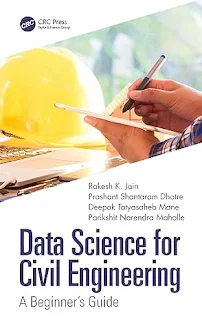Engineering Mechanics: Statics and Dynamics
K. Shanker, M. Pradeep Kumar ... 275 pages - Language: English - Publisher: Shashawat; (June, 2022).
Engineering Mechanics, one of the oldest branches of physical science, is a subject of enormous importance. Although it is taught in the first year of engineering, its foundation is rooted in the two other fundamental subjects i.e., applied mathematics and physics. Basically, Engineering Mechanics is a subject that deals with the action of forces. It is broadly classified under Statics and Dynamics. Statics deals with the action of forces on the rigid bodies at rest whereas dynamics deals with motion characteristics of the bodies when subjected to force. The primary purpose of writing this book is to build basic concepts of engineering mechanics along with strong analytical and problem-solving abilities that would enhance the thinking capability of students. Problems are solved systematically with clear procedure that makes the students feel better in understanding the solution.
Engineering Mechanics, one of the oldest branches of physical science, is a subject of enormous importance. Although it is taught in the first year of engineering, its foundation is rooted in the two other fundamental subjects i.e., applied mathematics and physics. Basically, Engineering Mechanics is a subject that deals with the action of forces. It is broadly classified under Statics and Dynamics. Statics deals with the action of forces on the rigid bodies at rest whereas dynamics deals with motion characteristics of the bodies when subjected to force. The primary purpose of writing this book is to build basic concepts of engineering mechanics along with strong analytical and problem-solving abilities that would enhance the thinking capability of students. Problems are solved systematically with clear procedure that makes the students feel better in understanding the solution.











